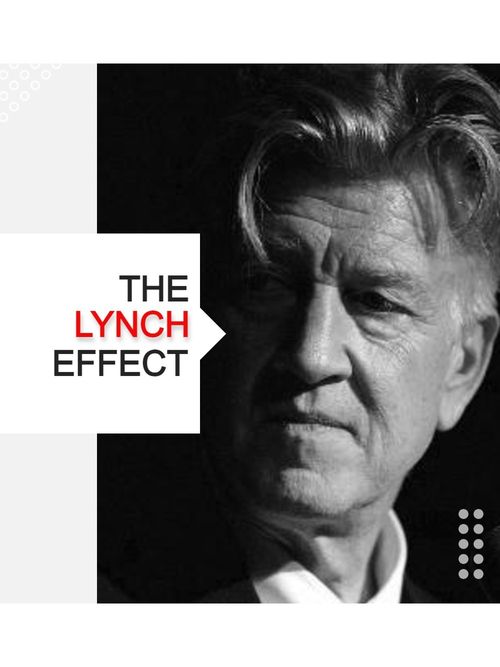What is David Lynch’s creative process?
Jun 24, 2020 · 2 mins read
0
Share

The cult movie director David Lynch has a daily practice that's structured around a simple but meticulous routine. The idea is that this allows for maximum creative flow.
Save
Share
Lynch meditates twice a day, wears the same clothes, and eats the same food (a single piece of bread with mayonnaise and chicken for lunch and dinner).
Save
Share
One of the director’s favorite phrases is “You Gotta Have a Set-up”. This means having a workspace that’s ready-to-go whenever inspiration strikes.
Save
Share
Lynch treats creativity as a full-time job. He clocks in at 9 am – on the dot – every morning. He doesn’t take time off, even for vacations, and doesn’t like weekends.
Save
Share
To make sure that his work isn’t interrupted, Lynch has a team of staff to take care of anything not directly related to his art. A personal assistant handles emails and appointments. A runner does the grocery shopping. A handyman gets any materials required.
Save
Share
According to Dean Hurley, who runs Lynch’s in-house music studio, some of these tasks can turn into wild-goose chases. If Lynch wants to know if he can drill for oil in his backyard, for example, someone has to research it and compile a report.
Save
Share
Lynch relies heavily on intuition. Instead of meeting with actors or seeing them perform, he prefers to cast his movies by browsing a photo album of headshots. He’ll decide if someone is right for a part just by looking at their face.
Save
Share
No explanations are given. Lynch makes a point of avoiding forensic detail and instead articulates ideas in terms of mood and emotion. He might scribble a star-like pattern on a piece of paper and say, “I want it to sound like this.”
Save
Share
Collaboration is hugely important to Lynch. He does not believe in being an auteur. People see him more as an orchestra conductor: igniting inspiration and getting everyone working in tandem.
Save
Share
Lynch’s philosophy is that you must stay true to a vision but remain open to complementary ideas that pop up as the creative process unfolds. If there’s a mistake, he prefers to see it as a “happy accident” that can be utilized to make something better.
Save
Share
0